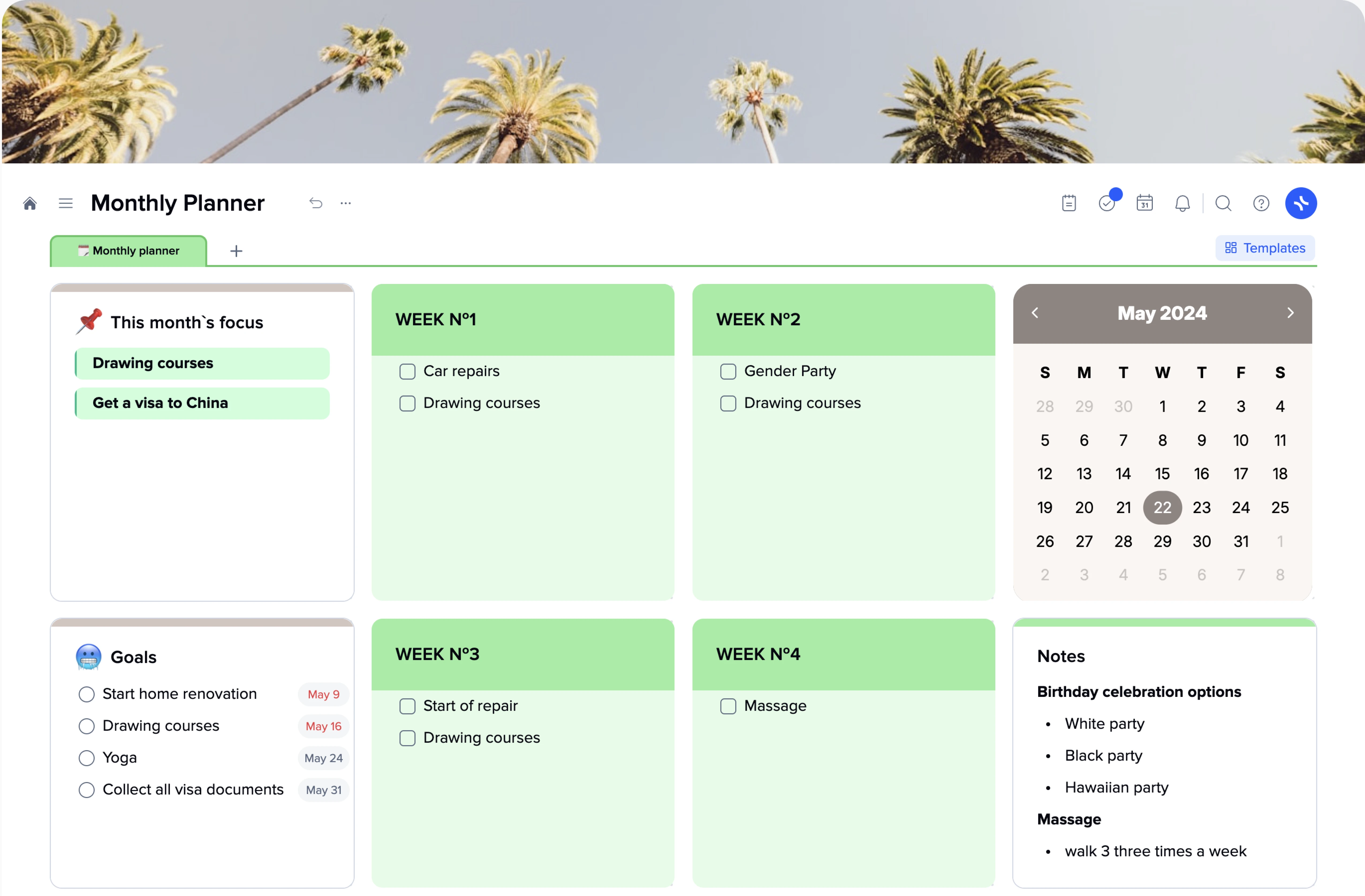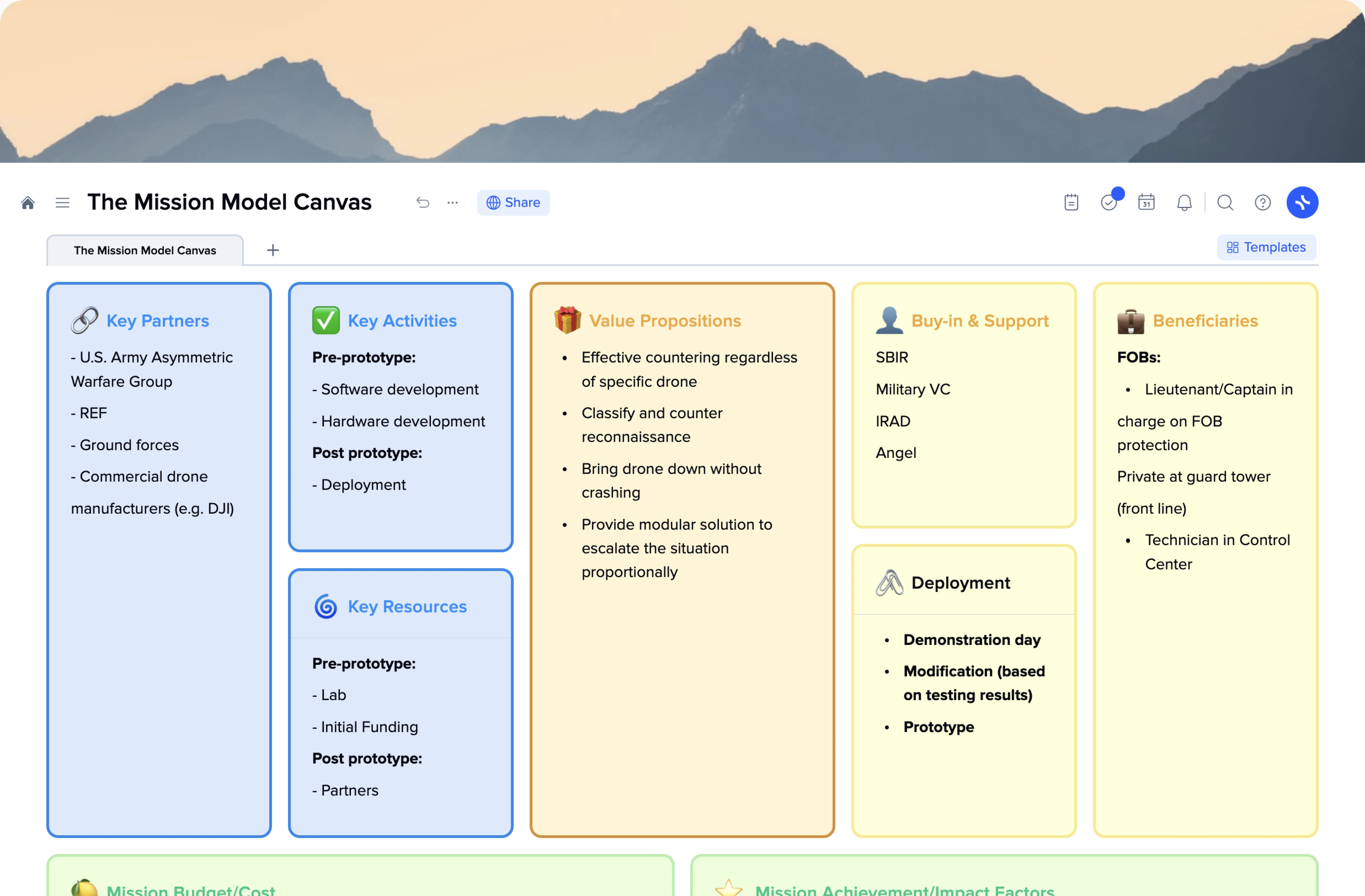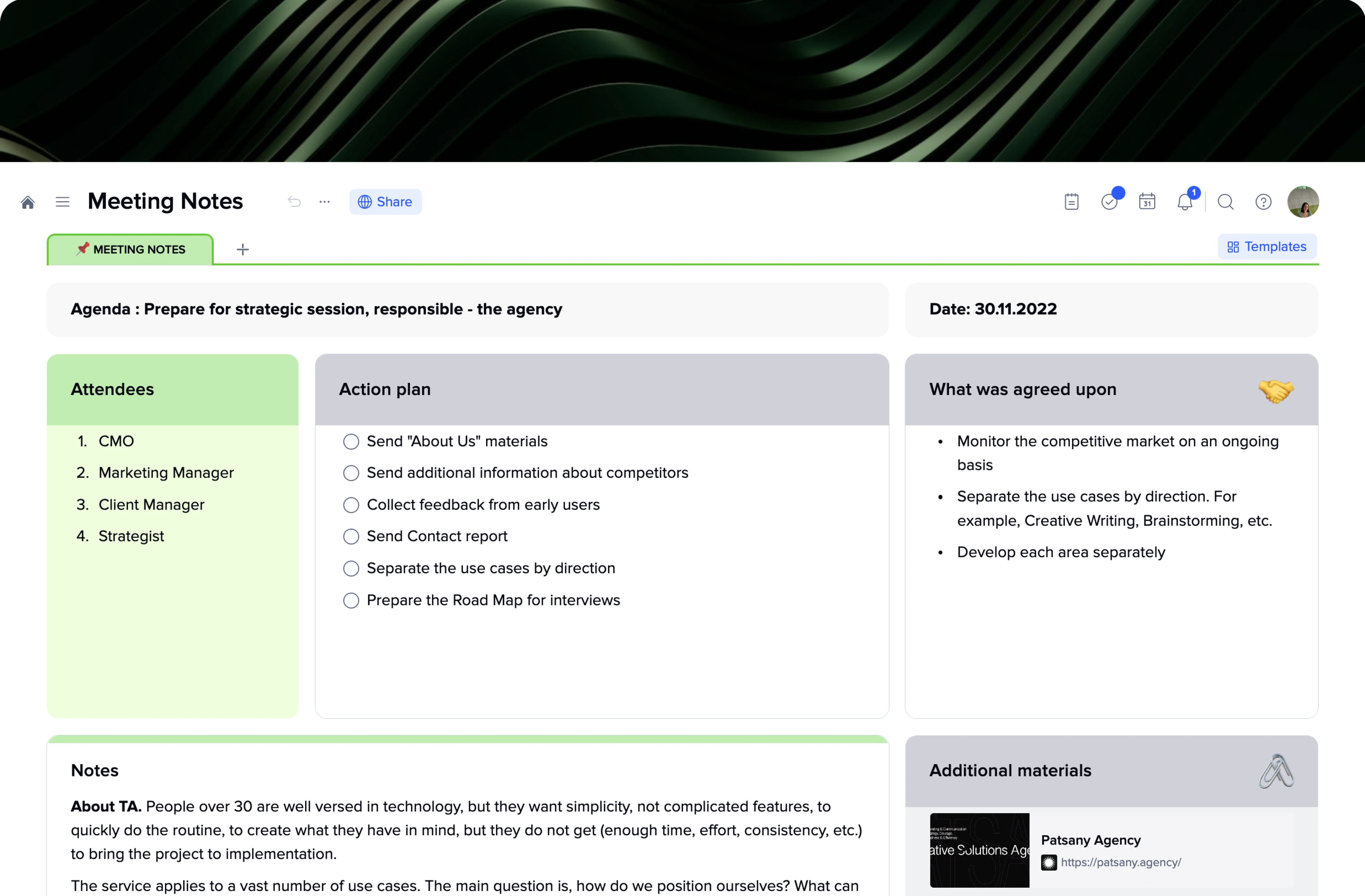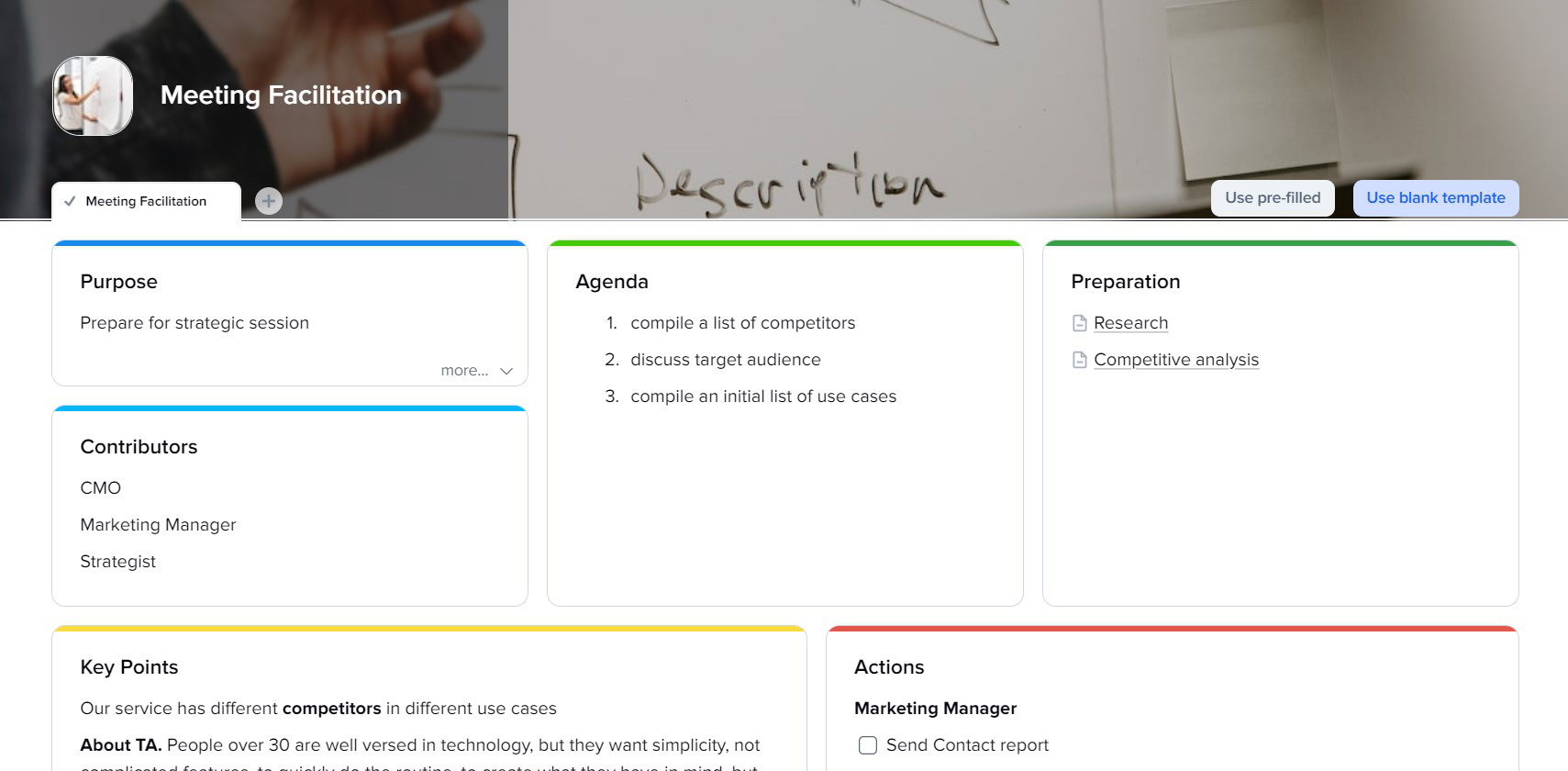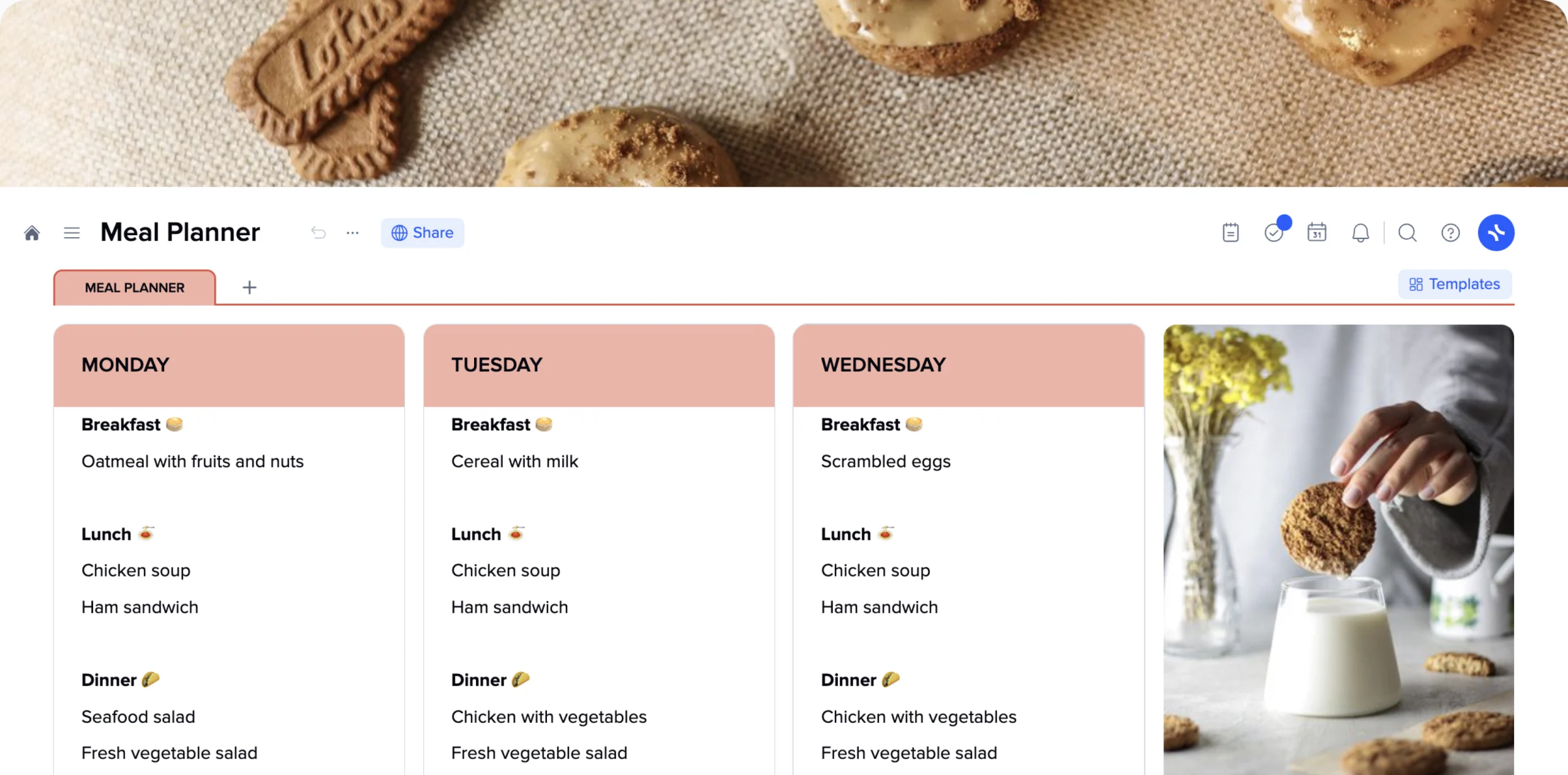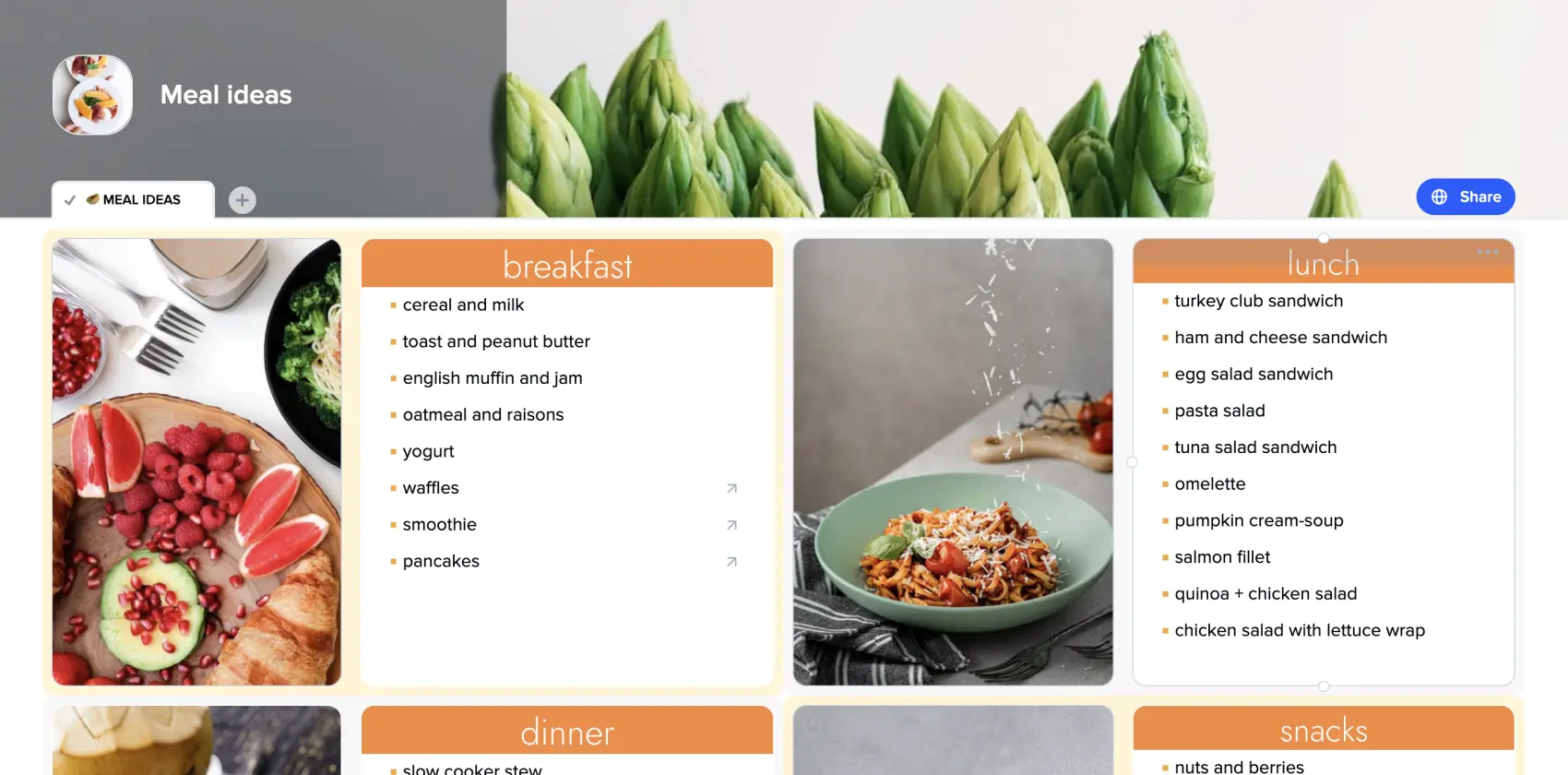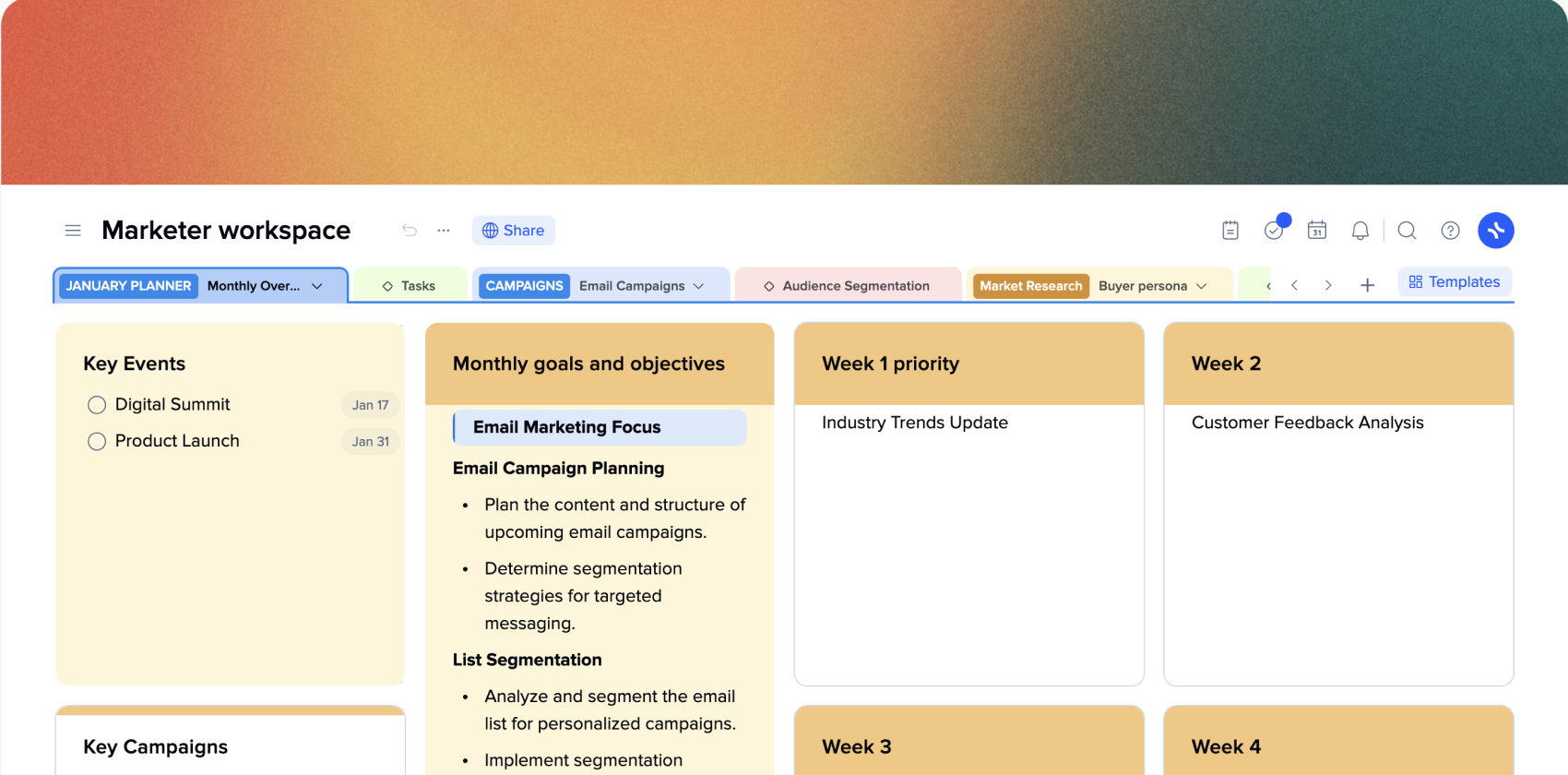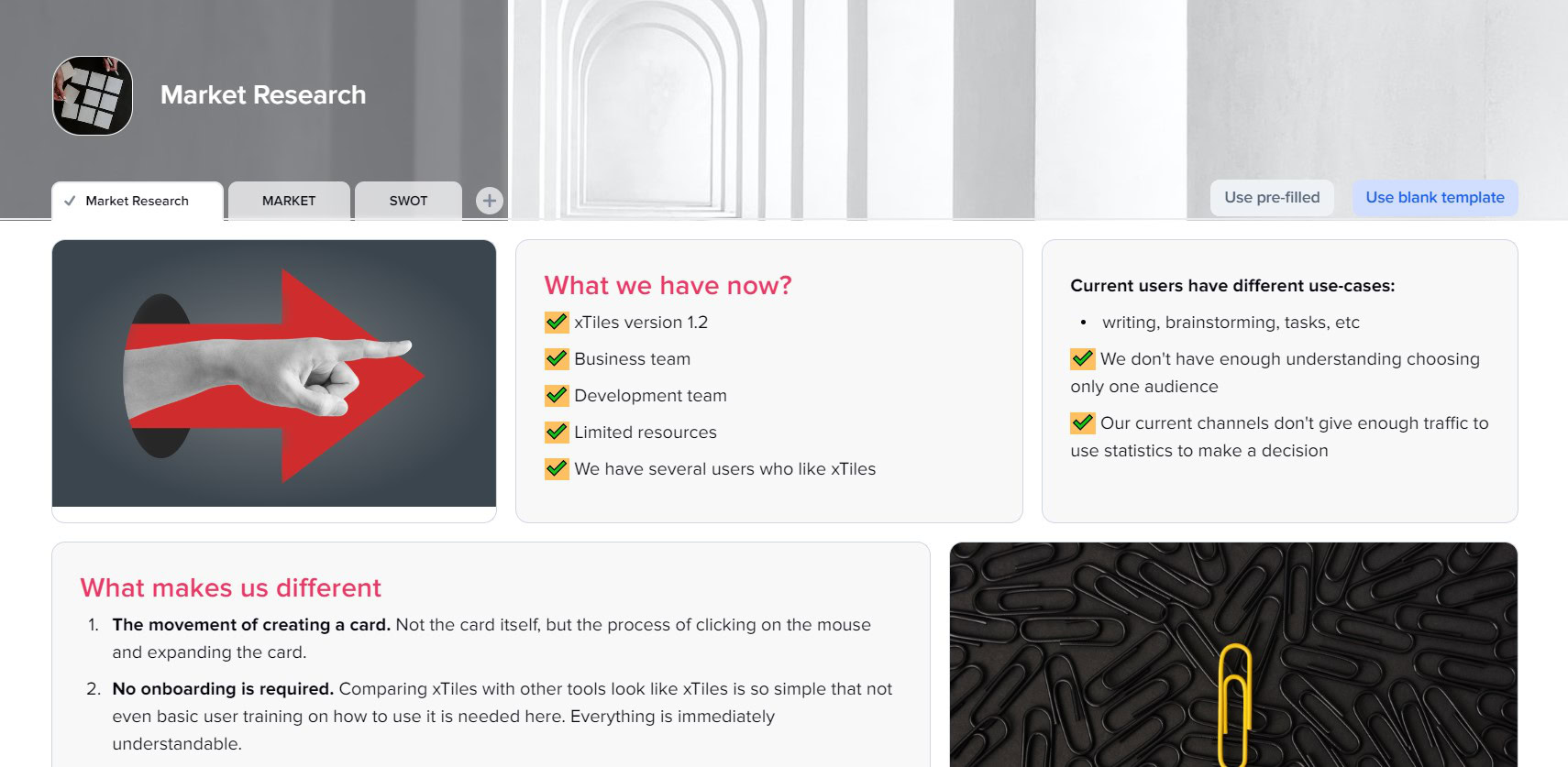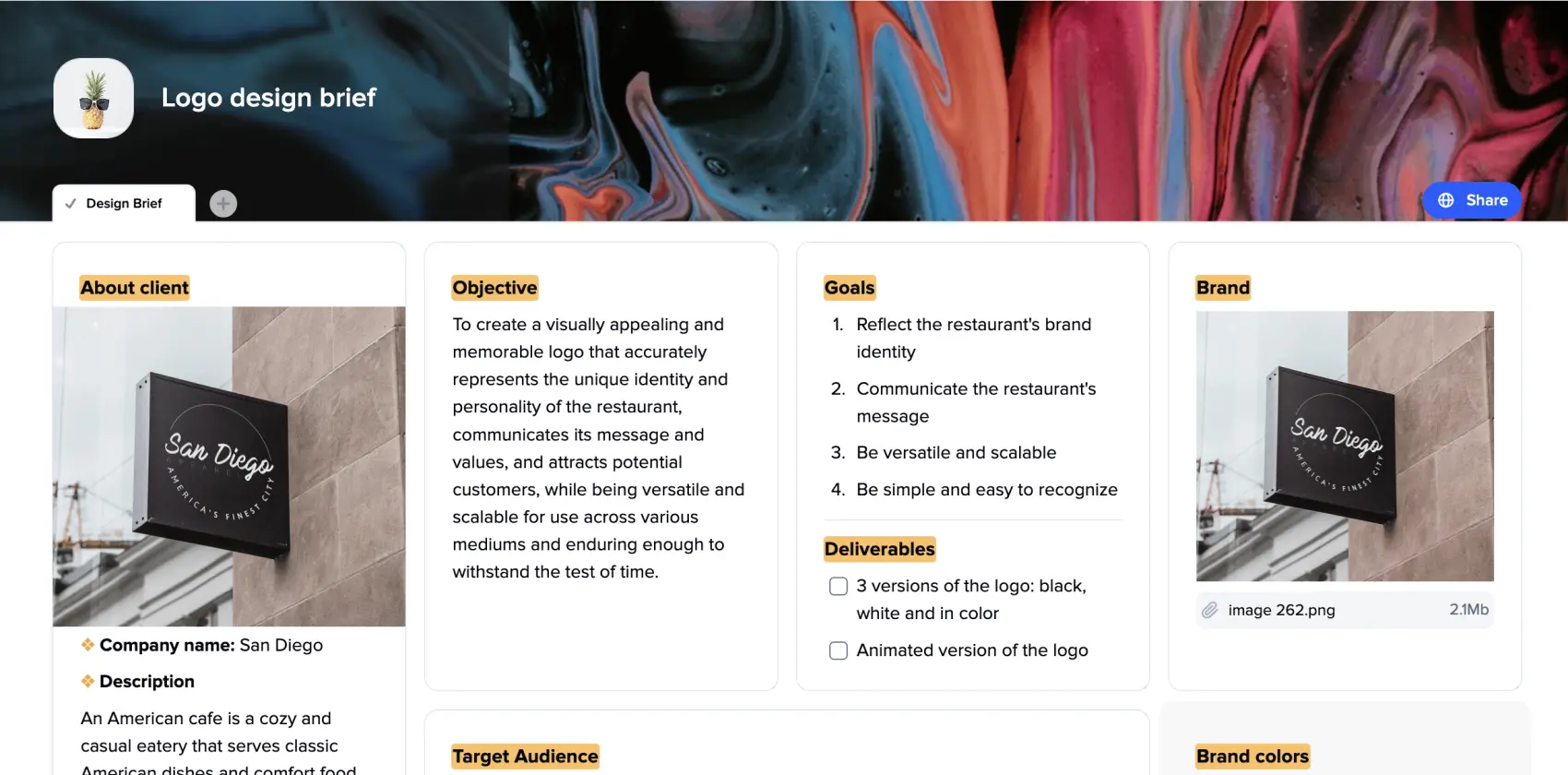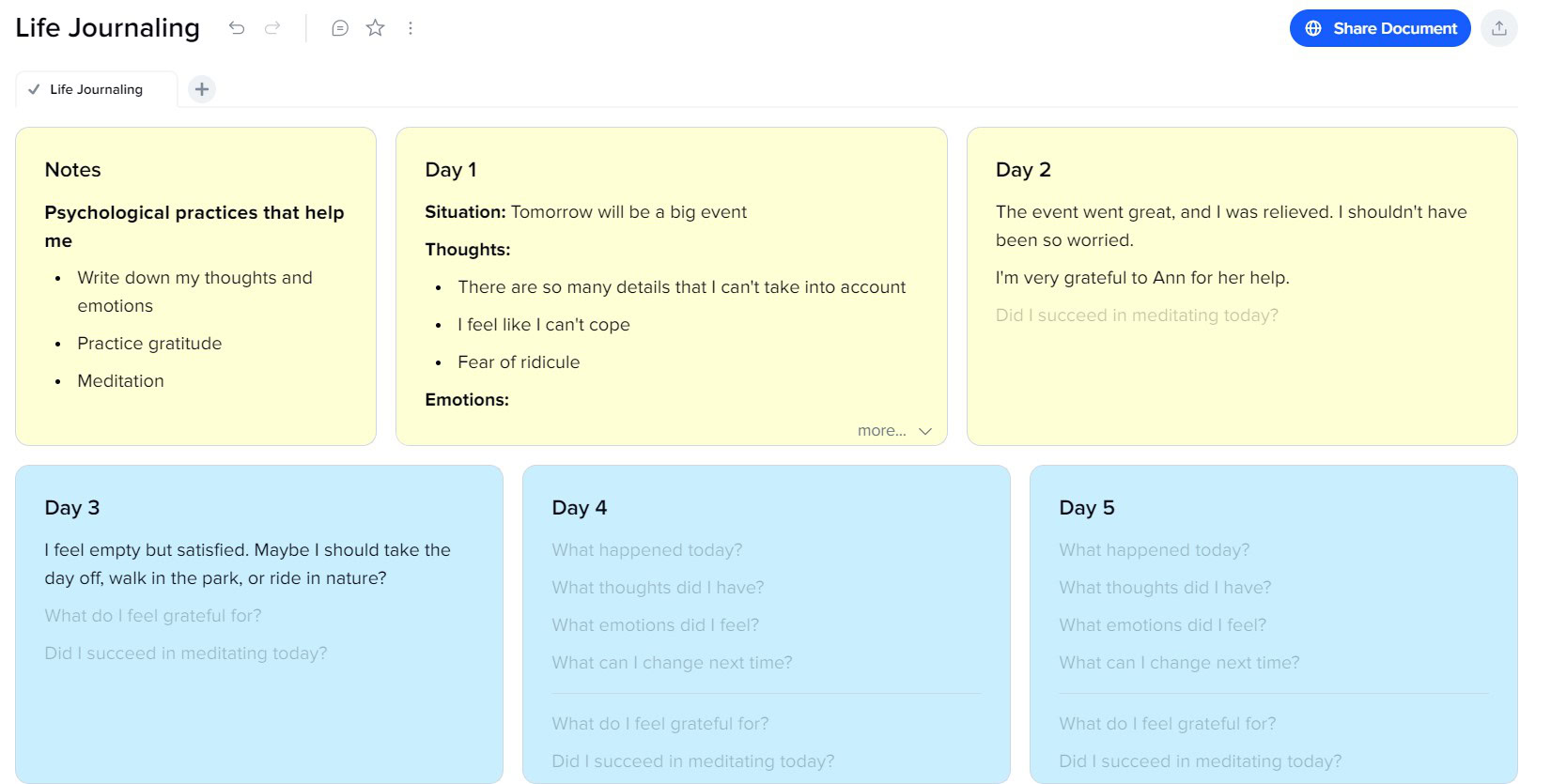📆🗂️ Free Monthly Planner Template 🌟 interactive template for month planning
Simple Monthly Planner Template
How do you measure your milestones? In days or weeks, or do you prefer something longer to accomplish more over a longer period, like months? A monthly planner is a great way to visualize what waits for you during a month. It can serve as the primary planner to keep you concentrated on your tasks and routine, or you may combine it with weekly or daily planners if you prefer to plan everything in detail.
Monthly planner templates come in various types and can help you with planning and arranging your specific tasks, except for personal planning, no matter the device you use. For example, a monthly budget planner or monthly meal planner helps people keep track of their finances and maintain healthy and diverse meals.
As a rule, a month is an optimal period to build clear plans that you can rely on. Monthly planner templates provide a useful framework to save time on creating documents from scratch every month. Additionally, when used regularly, they serve as a valuable tool for reflection upon your time-management skills, your routine, leisure time, etc. You can easily search for your previous accomplishments, download and print them if you want to share you experience with your team or anyone else needing help with their calendar template.
xTiles Monthly Planner Template is a pre-designed document that can be customized to help you create a deeply personalized planner. Its structure allows you to break your month into weeks to maintain organization and avoid confusion. Additionally, you can easily make it printable if you prefer to have your goals and tasks in front of you on your desk or on your fridge door.
The Monthly Planner Template: A Tool for Effective Planning
When you have ambitious projects and goals to accomplish within a month, or you want to change something in your life within a manageable scope of time, a calendar template becomes an invaluable asset. It provides a holistic and realistic view of your tasks and commitments, allowing you to gain a comprehensive understanding of the entire month’s landscape. It also allows you to estimate what you’re about to start achieving and how much effort you will need to do that.
An online monthly planner serves as a powerful visual planning tool, enabling you to add tasks and events to blank calendars specifically designed for a monthly time frame. Its purpose is to help you effectively allocate your time throughout the month, ensuring that tasks are completed in a timely manner.
A monthly planner is a versatile tool that can be utilized by businesses, academic professionals, individuals planning their personal lives, or teams collaborating on a project. These tools facilitate seamless collaboration among team members, allowing them to view and edit events from their iPhones, Android devices, or laptops.
Today’s market is full of choices, and one of them is your best monthly planner that will boost your productivity.
With our monthly calendar template, you can create a visual representation that helps you track deadlines, space out tasks, and stay organized, whether you are doing that as an individual or part of a team.
What Are the Benefits of Using a Monthly Planner Template?
By utilizing a monthly planner, you unlock several benefits. Firstly, it provides a clear visualization of your schedule, allowing you to identify potential conflicts and plan accordingly. You can strategically space out tasks and allocate appropriate time for each, reducing the likelihood of overwhelming workloads or missed deadlines.
Additionally, team members can easily coordinate their efforts and synchronize their schedules, ensuring smooth collaboration and efficient task management.
Whether you are a student with academic deadlines, a professional juggling multiple projects, or a team working towards a common goal, a calendar template offers an effective solution for organizing and optimizing your time. Embrace the power of visual planning tools like xTiles and experience the benefits of streamlined scheduling, improved productivity, and enhanced collaboration. By incorporating a monthly planner into your routine, you can stay on track, meet your goals, and make the most of every moment in your busy month.
Unlocking the Benefits of the xTiles Monthly Planner
When it comes to organizing your schedule and maximizing productivity, the xTiles Monthly Planner Template offers distinct advantages, whether we speak about individuals or teams who seek for effective planning and collaboration.
Let’s explore three key benefits that make online calendar templates a valuable tool for individuals and teams alike: enhanced collaboration, visual engagement, and seamless communication.
Visualize and engage with your schedule
With the xTiles Monthly Planner, you can bring your schedule to life by incorporating visuals you like or need. Upload images such as company logos, icons, or relevant graphics to accompany your tasks, making your planning process more visually engaging. This visual representation allows you to grasp your tasks at a glance from the calendar view, making it easier to understand the big picture and effectively prioritize your activities.
By adding visual elements, you create a dynamic and immersive planning experience that boosts your engagement and overall productivity.
With the ability to customize the Template, add images, videos, embeds, or even sticky notes (if you prefer to have your monthly planner printable), individuals or teams can enhance their functionality and get some inspiration and motivation to continue moving and growing.
Customization options also allow people to craft a planner that fully suits their needs and requests and looks according to their preferences. Need a cute calendar template but can’t find one? Master it yourself using the xTiles Monthly Planner Template as a base if its level of cuteness isn’t enough for you.
Collaborate effortlessly with team members
One of the standout advantages of using a custom online monthly planner is the ability to collaborate seamlessly with your team members.
You can tag specific individuals on tasks, assign responsibilities (every assignee gets a notification and has easy access to every task no matter the document it was assigned in), and request notes or updates with ease.
By granting everyone on your team access to the planner, you foster a sense of transparency and shared understanding. This collaborative approach enables you to gain a high-level overview of everyone’s activities, due dates, and necessary resources, ensuring effective coordination and synchronization of efforts. By harnessing the power of teamwork through an online monthly planner, you can streamline collaboration and optimize productivity.
Dynamic communication
Unlike a static printable calendar, an online calendar template facilitates ongoing communication and the evolution of your project. Keeping it online and shared with your colleagues means your planner isn’t engraved in stone anymore. Every change and edition is available to others at the same minute, and you don’t have to mail them about that.
Not only can you assign tasks to team members, but you can also gather feedback and updates through features such as comments where you can tag a relevant person. These interactive elements transform the monthly planner into a living, breathing document that evolves alongside your project.
Team members can provide valuable insights, suggestions, and updates directly within the planner, ensuring that everyone stays informed and engaged. This real-time collaboration and communication foster agility and adaptability, allowing your project to progress smoothly and efficiently.
How to Use xTiles Monthly Planner?
Are you ready to harness the full potential of your online monthly planner? Follow these three straightforward steps to make the most out of this powerful tool and elevate your planning experience.
Select the perfect template
Begin by exploring the diverse range of templates available in xTiles Template Gallery. You may choose between a weekly or monthly planner, depending on your preference and the scope of your planning needs.
Additionally, consider using multiple templates simultaneously to effectively organize and plan for longer periods of time. For instance, you can combine a daily planner, weekly planner, and monthly planner to create a comprehensive and seamless planning system. Or you may even go further and sum up your planning with a Yearly goals planner to check whether your plans are in alignment with your big goals and dreams.
Populate with events and tasks
With your chosen template in hand, it’s time to populate it with the essential building blocks of your schedule. Add events, tasks, or to-do lists using pre-designed tiles. Fill each week with necessary to-dos, then analyze your tasks. What is the most important thing that requires most of your attention? That goes into the “This month’s focus” tile to constantly remember what you need to keep in mind throughout the month.
Then, put your main goals that don’t have certain deadlines or starting dates into the “Goals” title. And finally, you have a “Notes” tile to jot down important stuff that you will need to have handy during this month.
Ensure that each item is clearly defined and concise, making it easy to understand and act upon. For enhanced collaboration and accountability, remember to tag the relevant individuals on specific tasks. By doing so, everyone involved will have a clear understanding of their responsibilities and can collaborate effectively.
Infuse visual elements
To infuse personality, visual appeal, and clarity into your monthly planner, incorporate visual elements such as company logos, icons, and pictures. These visual cues not only add a touch of creativity but also serve as quick visual identifiers for different projects or categories within your planner. By utilizing visuals, you enhance the visual impact and engagement of your planner, making it more enjoyable and intuitive to navigate.
Share and collaborate with your team
To maximize the benefits of your online visual monthly planner, don’t forget to share it with your team. Utilize the shared space functionality to foster collaboration, coordinate tasks, schedule meetings, and work towards achieving common goals. By collaborating in real-time within the planner, you create a dynamic and interactive environment that encourages teamwork and accelerates progress.
Also, shared monthly planners are good not only for teams or companies. Collaboration within a monthly bill or budget planners helps partners or families to manage their expenses more efficiently and wisely. That same concerns monthly meal planners and any other planner that has an impact on the life of more than one person.
Embrace the power of your online visual monthly planner and unlock a new level of organization, efficiency, and collaboration. By following these four simple steps, you can transform your planning experience, stay on top of your commitments, and work harmoniously with your team towards shared success. Let your planner become the compass that guides you toward accomplishing your goals and aspirations.

